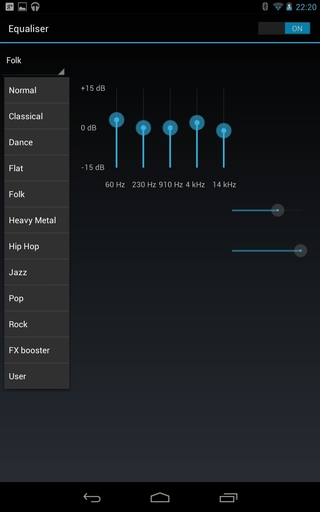
Jelly Bean may not be the same huge leap forward as Ice Cream Sandwich, but it still brings a lot of new features and functionality to the operating system.
Many
of these are improvements to the smoothness of rendering on the device -
it even briefly boosts the CPU when the screen's turned on to make
things super slick and speedy. Google dubs these little performance and
software improvements as being "buttery", assumedly referring to some
nice spreadable Lurpak rather than a solidified hunk of congealed milk.
The other big addition here is Google Now.
This adds personalised recommendations and information based on your
browsing history. Some people love its perceptive usefulness, others
hate its pervy, intrusive nature.
One thing's for sure though: the Siri-like voice search feature is awesome.
As ever, these tips are based on the vanilla installation of Android, so
your mileage may vary depending on how many layers of extra "features"
have been added by your phone or tablet's manufacturer.
1. Say "Google" to search
If you're in America, you can open Google Now and say "Google" followed by your query to search the net. If you're not in America, you can trick Android into thinking you are. Open the settings on your device, choose "Language and input", then switch Google Voice Typing's language from "Automatic" to "English (US)". Next go to Google Now's settings and again change the language to "English (US)". You should see "Search or say Google" in Now's search bar. Faking an American accent: optional.
2. Now settings
You can open now in two ways - either swipe up from the Home icon, or swipe the lock icon up when the screen is locked. When you first start it, Now will run through the basics of what it does, and even show you some example cards. In Now's settings, you'll find each card has its own notifications settings, which apply to both the Now homescreen and the Notification shade. Standard means that new cards are accompanied by a ringtone and vibration, Low priority places them at the bottom of the list without any notification, and off, well, turns them off altogether.
3. Talk to Google Now
Google Now also includes Siri-like functionality, supplying spoken answers to your inane questions. Try things like, "what time is it in Kuala Lumpur?", "when's Tom Cruise's birthday I want to send him a card?", "how do I get home?" or "will it be sunny tomorrow?" and Now will speak the answer back at you or search the web for relevant pages.
4. Get more Google Now cards
Google Now presents relevant information such as weather and places on "cards". To begin with it may be a little sparse, but searching the web from any device will give you more. Just make sure your web history is enabled: visit history.google.com, hit the settings cog and ensure that Web History is on and not paused. Next, search Google for favourite football teams, planned flights and destinations and the relevant cards will pop up automatically.
5. Notification Shade
We previously referred to it as the
"pully-down menu thing", but apparently it's officially called the
"Notification Shade". Niftily, certain notifications in the shade can be
expanded by sliding two fingers outwards on them, giving you an
overview of the subject headers in your email inbox, for example. Moving
two fingers inwards on a notification neatly contracts them, too.
6. Rotation lock
You're sitting on a plane watching a vid in
horizontal orientation. Suddenly, the plane banks sharply to the left
and - oh no! - the video changes orientation. This worst-case-scenario
can be avoided by tapping the rotation lock in the Notification Shade,
which keeps the screen in its current orientation. Tap it again to
unlock the rotation.
7. Turn notifications off
Install enough apps and the
notification bar at the top of your Android device becomes the digital
equivalent of an unending stream of ticker tape. In fact, Airpush is an
entire advertising company that makes money in this way. Fortunately,
each and every app you install in Jelly Bean has the option to turn this
off. Go to its info page under Apps, uncheck the box labelled "Show
notifications" and enjoy your empty notifications bar.
8. Equalize your music
The ability to adjust those
all-important bass and treble settings has been sorely missed on Android
devices - so much so that a bunch of apps have been made to enable it.
It's fixed in Android's stock music player, though. Open a music file in
the stock player, hit Settings then choose Equaliser. Here you'll find
manual sliders, a load of presets and bass and 3D effects. Unfortunately
it doesn't work for the whole device, but it will give your tunes a
little more oomph.
9. Rearrange your home screens
Long-press on any icon or
widget on your homescreen and you can move it around, and other icons
and widgets will shift out of the way to fit it in. Bigger widgets can
also be resized by long-pressing and releasing them, and then dragging
the circles that appear on the edges. It's actually quite fun and
satisfying. We just spent three hours doing nothing but this.
































0 comments:
Post a Comment
Spamming is Not Allowed!